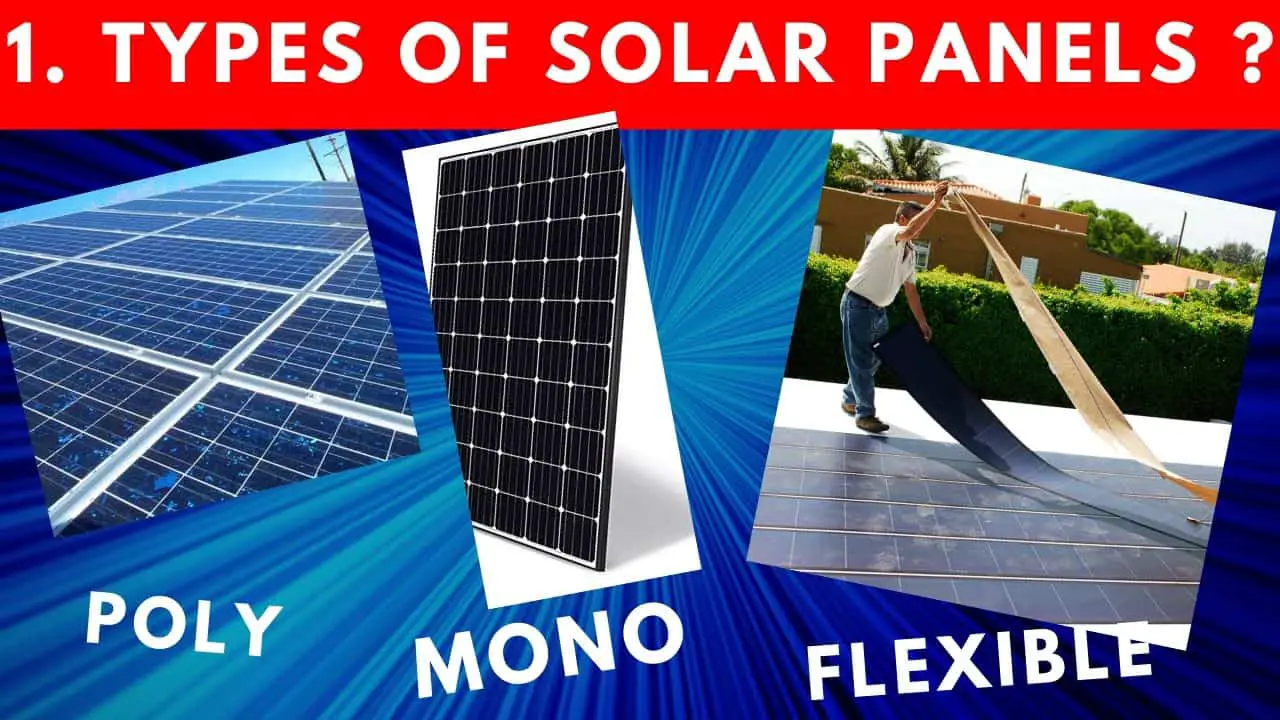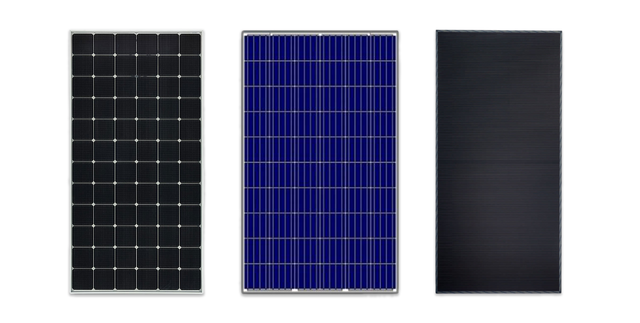Solar Systems Can Be Fun For Anyone
The Single Strategy To Use For Solar Systems
Table of ContentsThe 15-Second Trick For Solar SystemsThe 9-Minute Rule for Solar SystemsSee This Report about Solar SystemsSolar Systems Can Be Fun For Everyone
There are three various sorts of solar panels: monocrystalline, polycrystalline, and slim film. Monocrystalline photovoltaic panels are very effective as well as have a streamlined layout, however come with a higher rate factor than other photovoltaic panels. Polycrystalline photovoltaic panels are more affordable than monocrystalline panels, nevertheless, they are less reliable and aren't as visually pleasing.Nowadays, there are several varieties of monocrystalline photovoltaic panels on the market to select from. Passivated Emitter and Back Get in touch with cells, even more generally described as PERC cells, are becoming an increasingly preferred monocrystalline option. PERC cells go with a different manufacturing and assembly procedure that increases the quantity of electrical power the cells can produce.
Since monocrystalline solar cells are made from a solitary crystal of silicon, electrons have the ability to quickly stream throughout the cell, boosting overall performance. Not only do monocrystalline panels have the highest possible performance ratings, they typically likewise have the greatest power capability rankings. The majority of monocrystalline panels on the market today will certainly have a power outcome rating of at the very least 320 watts, but can rise to around 375 watts or higher!.
Because polycrystalline cells have several silicon cells, the electrons can stagnate as quickly and also consequently, lower the effectiveness of the panel. The lower effectiveness of polycrystalline panels also suggests they often tend to have a lower power output than monocrystalline panels, generally varying between 240 watts and 300 watts.
Fascination About Solar Systems
4% efficiency with thin movie cell models yet. In order to satisfy your power requires, you would require to mount more thin film panels over a huge area to create the exact same quantity of power as crystalline silicon photovoltaic panels. This is why thin film solar panels don't really make good sense for domestic setups where space is limited.
The temperature coefficient tells you exactly how a lot the power output will lower by for each 1 * C over 25 * C the panel obtains. The basic temperature coefficient for mono and also polycrystalline panels typically falls someplace in between -0. 3% and -0. 5% per * C. Thin film panels on the various other hand, are around -0.
As a matter of fact, with some slim movie panels, it's hard to also see the private cells within the panel. They likewise have a tendency to have much less circuitry as well as busbars, meaning there's much less white area. this Nevertheless, due to the fact that they are so inefficient, you would require to cover your entire roof covering in slim film panels - which might or may not be your design.

Some manufacturers have web actually worked around this with black packaging or forming the cells in a different way, yet these aesthetic modifications can influence both the price as well as performance of the panels. Overall, monocrystalline panels still look smooth, however they're a bit much more pronounced than thin movie panels. solar systems. The procedure in which polycrystalline solar batteries are produced causes the cells to have a blue, marbled look.
Indicators on Solar Systems You Need To Know
If you get on a tight budget, polycrystalline panels might make even more sense for you. We do not recommend slim film photovoltaic panels for domestic installments - their efficiency as well as resilience do not make the affordable worth it, and it's unlikely you'll have almost adequate space to mount the number of slim film panels you would certainly need to cover your home electricity use.
Because they are made from pure silicon, they can be conveniently identified by their dark black shade. Making use of pure silicon likewise makes monocrystalline panels one of the most space-efficient and longest-lasting amongst all 3 solar panel types. This comes at an expense a great deal of silicon is wasted to create one monocrystalline cell, sometimes getting to over 50%. solar systems.

Amorphous silicon panels (A-Si) acquire their name from their unformed nature. Unlike mono-and polycrystalline solar cells, the silicon is not structured on the molecular level. On average, an a-Si cell calls for only a fraction of the silicon needed to create regular silicon cells. This enables them to have the most affordable production cost, at the cost of effectiveness.
What Does Solar Systems Mean?
50 $0. 50 $0. 50 Note that these figures do not consist of the expense of setup as well as labor.

This suggests that thin-film panels can be a good option for hotter atmospheres or areas that experience even more sunlight throughout the year. The updated International Building ordinance of 2012 needs photovoltaic panels to match the fire ranking of the roofing where they are set up. This is to make sure that the modules do not accelerate the spread of flames in case of a fire.